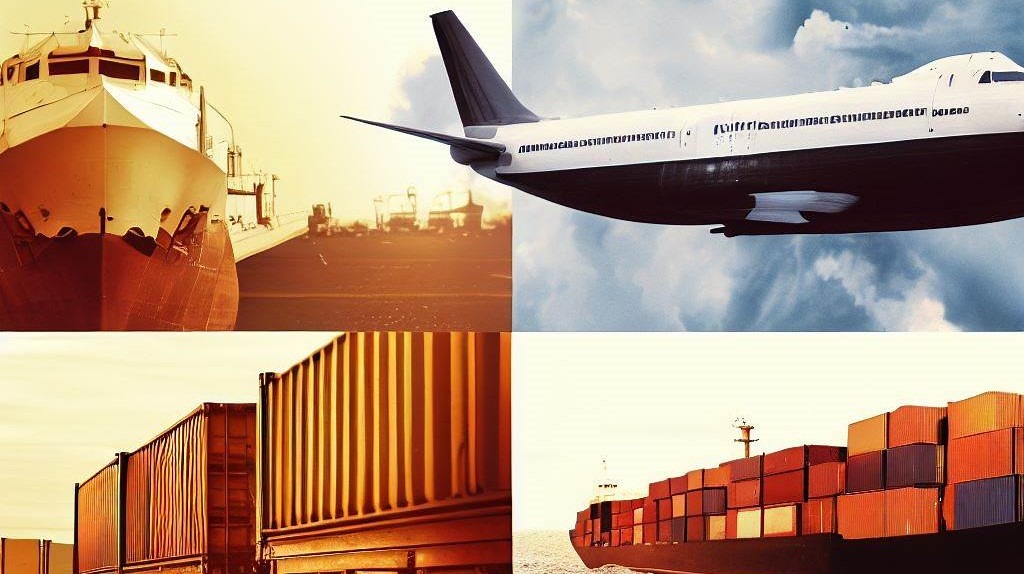
Freight shipping refers to the transportation of goods, merchandise, or cargo through various modes of transportation, including air, sea, and land. The process of freight shipping involves a series of steps that must be carefully followed to ensure the safe and timely delivery of goods to their destination. In this article, we will discuss everything one needs to know about freight shipping, including freight companies, modes of transportation, and how to prepare cargo for shipping.
Freight Companies
Freight companies are responsible for the transportation of goods from one place to another. They offer a range of services, including transportation, logistics, and supply chain management. Some of the top freight companies in the world include DHL, FedEx, UPS, Maersk, and CMA CGM.
DHL is a German-based courier, parcel, and express mail service company that also provides freight transportation services. The company operates in over 220 countries and territories worldwide and offers a wide range of freight services, including air freight, ocean freight, and road freight.
FedEx is an American multinational courier delivery services company that also provides freight transportation services. The company operates in over 220 countries and territories worldwide and offers a range of freight services, including air freight, ocean freight, and ground freight.
UPS is an American multinational package delivery and supply chain management company that also provides freight transportation services. The company operates in over 220 countries and territories worldwide and offers a range of freight services, including air freight, ocean freight, and ground freight.
Maersk is a Danish integrated container logistics company that provides end-to-end supply chain solutions. The company operates in over 130 countries and territories worldwide and offers a range of freight services, including ocean freight, air freight, and inland transportation.
CMA CGM is a French container transportation and shipping company that provides a range of services, including container shipping, logistics, and supply chain management. The company operates in over 160 countries and territories worldwide and offers a range of freight services, including ocean freight and inland transportation.
Modes of Transportation
Freight can be transported through various modes of transportation, including air, sea, and land. Each mode of transportation has its advantages and disadvantages, and the choice of mode depends on several factors, including the type of cargo, the distance to be covered, and the urgency of the delivery.
Air Freight: The fastest mode of transportation and is suitable for urgent and high-value goods. Air freight is particularly useful for transporting perishable goods such as fruits, vegetables, and flowers. However, air freight is also the most expensive mode of transportation, and its use is limited to goods that are small and lightweight.
Sea Freight: Sea freight is the most cost-effective mode of transportation and is suitable for transporting large and heavy goods over long distances. Sea freight is particularly useful for transporting goods such as automobiles, machinery, and building materials. However, sea freight is also the slowest mode of transportation and is not suitable for urgent deliveries.
Land Freight: Includes transportation by trucks, trains, and other land-based vehicles. It’s the most flexible mode of transportation, allowing for door-to-door delivery of goods including to remote areas. It is commonly used for short to medium-distance shipments and is ideal for small and medium-sized businesses that need to move products quickly and cost-effectively. However, land freight is also subject to delays and can be affected by traffic congestion and other logistical issues.
Rail Freight: Commonly used to transport goods within a country or region, particularly for heavy or bulky items. It is an efficient and cost-effective way to move goods, and it is also more environmentally friendly than road transport.
Preparing Cargo for Freight Shipping
Preparing cargo for freight shipping is an essential part of the shipping process. Proper preparation ensures that goods are delivered safely and in good condition. The following are some steps that can be taken to prepare cargo for freight shipping:
Packaging: Proper packaging is essential to ensure the safety of goods during transportation. Goods should be packed in sturdy and durable packaging material that can withstand the rigors of transportation. Fragile goods should be packed in shock-absorbing materials such as bubble wrap or foam peanuts.
Labeling: Goods should be labeled clearly and accurately to ensure that they are delivered to the correct destination. The labels should include the name and address of the sender and recipient, as well as any special instructions for handling the goods.
Weight and Dimensions: Accurate weight and dimensions of the cargo should be provided to the freight company to ensure that the correct transportation mode and equipment are used. The weight and dimensions also determine the shipping costs.
Customs Documents: For international freight shipping, customs documents such as invoices and bills of lading must be prepared accurately and submitted to the relevant authorities.
Insurance: It is essential to insure the goods being shipped, particularly for high-value items. The insurance coverage should be adequate to cover any loss or damage to the goods during transportation.
Freight shipping is an essential part of the global economy, and it is essential to understand the various modes of transportation and the preparation required for successful freight shipping. Choosing the right freight company and mode of transportation depends on several factors, including the type of cargo, distance, and urgency of the delivery. Proper preparation of the cargo, including packaging, labeling, and documentation, ensures that goods are delivered safely and in good condition. By following the tips outlined in this article, businesses and individuals can ensure that their goods are transported safely and efficiently, helping to facilitate trade and commerce across the world.
